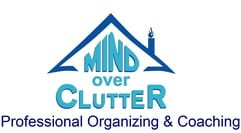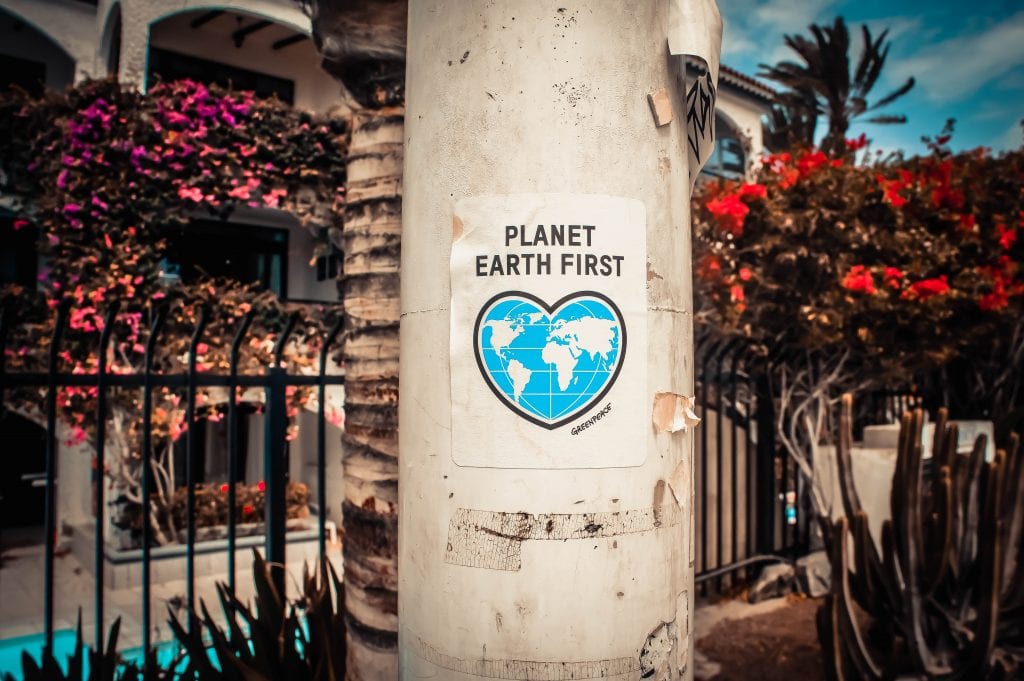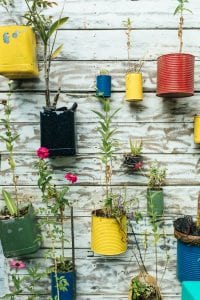Get organized and donate to textile recycling
The 3 R’s
When going green first became a movement it was called the 3 R’s, reduce, reuse and recycle. Thankfully we have become more aware of taking care of our environment.
We now have
- reduce – buy fewer items that have packaging that needs to be recycled,
- reuse – buy items that have more than 1-time use before they are recycled or disposed of
- repurpose – many items can be used in a new way other than what the items were initially intended to do
- regift – some things you get or buy and don’t work out, can be regifted to a friend or donated to a charity auction
- renew – some items especially furniture can be refinished or restuffed and brought back to life instead of going to the landfill
- rethink – your lifestyle so you use less energy and have a smaller carbon footprint
- recycle – lots of things can be recycled but today I want to highlight textile recycling
Textile Recycling
Textile recycling is a newer idea. The idea of donating clothes, shoes, purses, belts blankets toys etc to thrift stores is well established in most communities. What if those items have holes, are discoloured, very old and out of fashion you can still keep them out of the landfill through textile recycling. Canadians only divert 25% of waste from landfills.
Textile Waste Diversion, Diabetes Canada in conjunction with Value Village are 3 companies that will gladly accept clean, dry, odourless, clothing, shoes, boots, leather belts, purses, outwear, linens, drapery, and soft toys. sleeping bags, yarn, pillows, hats, etc anything made of textiles to recycle.
North Americans only divert about 20% of waste from landfills, textile recycling can help to keep clothing out of the landfill. Share on XThese 3 programs have bins for easy drop-off. Not only do they divert waste from landfills but they also put money back into the economy through their fundraising programs.
This problem is not limited to Canada. In the USA it’s estimated each person wastes 32kg of clothing annually, with only 15% of this ending up in a recycling center. The rest is landfilled or incinerated, causing lasting damage to the environment.
With an increasing growth rate in Britain, they also have low rates of waste diversion. The article The Introduction to All Things Recycling by Monk and Company explains the environmental benefits of recycling, the importance of recycling and the environmental impact of textile waste.
If you would like a recycling document, listing how and where to donate and recycle items, send me an email julie@mindoverclutter.ca and put in the subject line recycling doc and I’ll send it to you.
In the comments, tell us what you do to protect the environment and go green.
 Julie Stobbe is a Trained Professional Organizer and Lifestyle Organizing Coach who brings happiness to homes and organization to offices, coaching you virtually using Zoom. She has been working with clients since 2006 to provide customized organizing solutions to suit their individual needs and situations. She uses her love of teaching to reduce clutter, in your home, office, mind and time. She guides and supports you to be accountable for your time, to complete projects and to reach your goals. If you’re in a difficult transition Julie can coach you to break-free of emotional clutter constraining you from living life on your terms. Online courses are available to help instruct, coach and support your organizing projects. Get started by downloading Tips for Reorganizing 9 Rooms.
Julie Stobbe is a Trained Professional Organizer and Lifestyle Organizing Coach who brings happiness to homes and organization to offices, coaching you virtually using Zoom. She has been working with clients since 2006 to provide customized organizing solutions to suit their individual needs and situations. She uses her love of teaching to reduce clutter, in your home, office, mind and time. She guides and supports you to be accountable for your time, to complete projects and to reach your goals. If you’re in a difficult transition Julie can coach you to break-free of emotional clutter constraining you from living life on your terms. Online courses are available to help instruct, coach and support your organizing projects. Get started by downloading Tips for Reorganizing 9 Rooms.
Contact her at julie@mindoverclutter.ca
X – Facebook – Facebook group Organizing Mind and Space




I hope textile recycling becomes more popular and easier for people to participate in.
I’ve been to a couple of craft markets where the vendor makes clothing, bags, or other goods from used textiles, and I love it! Not only are you helping to keep textiles out of the landfill, you’re supporting a local business and getting a unique product at the same time!
It is nice to see the creativity around reusing or repurposing things. At a craft show I meet someone who only uses old firefighter clothing to make new products. A thirft store I deal with now has a companion store that makes prepurposed items for sale. They make fire starters from candles and sawdust. I am sure we will continue to see more creative ideas hitting the markets soon.
Thanks for the informative reminder that textiles can be recycled. I have heard that you can mark a bag “recycle for rags” for clothing, sheets, & blankets that are not in good enough condition to be sold. I liked all your reminder words at the beginning of the article–I do a lot of repurposing!